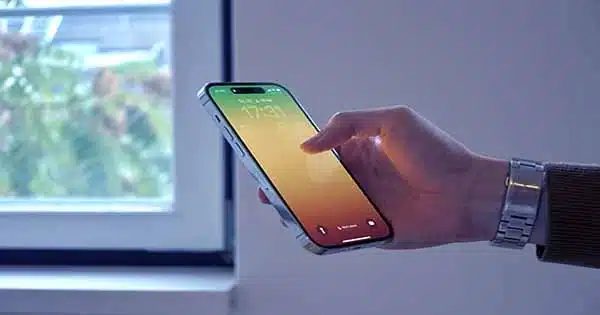A recent analysis by QuestMobile offers insight into China’s increasing middle-class demographic’s smartphone preferences, highlighting the options among high-end devices priced above 5000 yuan ($685).
Breakdown of Market Share: New Middle-Class Preferences
Notably, with a 30% market share, Huawei emerged as the favorite brand in this class. Vivo obtains a good 15.2% share, reflecting the increased popularity of Vivo’s high-end devices in recent years. Apple follows closely, with 25% of the new middle-class population opting for their handsets, while Apple captures 25% of the new middle-class population.
Huawei’s entry into the high-end smartphone industry is distinguished by its historical evolution. It all started with the first Huawei Mate phone, which included the Kirin K3V2 chipset, albeit with subpar performance and power consumption. Following releases, such as the Huawei Mate 20 series, which was powered by the Kirin 980 chipset, cemented Huawei’s dominance in the high-end category.

In 2019, the Huawei Mate 30 series, which featured the market’s first integrated 5G SoC Kirin 990, established Huawei as a smartphone industry leader. Huawei’s “far ahead” status was further solidified with the introduction of the Kirin 9000 chipset with the Mate 40 series.
The Huawei Mate 60 Pro, which features the latest homegrown Kirin 9000S (learn more about this chip from here), has upset the trend of Huawei’s high-end smartphone domination. This release signaled the revival of Huawei’s high-end smartphones, cementing the company’s dominance in this market.
It is important to note, however, that this trajectory was significantly disrupted by the US-China chip war and the ensuing US government ban on Huawei. This embargo impacted Huawei’s ability to innovate and preserve its position as a top smartphone contender.
When Huawei identified a solution to this problem, it marked a watershed moment. Huawei Technologies successfully built an advanced 7-nanometer CPU in partnership with China’s leading chipmaker, SMIC, to power its current smartphone portfolio. This domestic chip was a huge accomplishment for China, reducing the country’s reliance on US firms for critical semiconductor technologies. Huawei displayed its endurance and drive to maintain its high-end status in the brutally competitive smartphone market with this revolutionary breakthrough.
It is important to note that the Huawei Mate 60 series now has three models: regular, Pro, and Pro+, with prices starting at 5499 yuan ($754).














